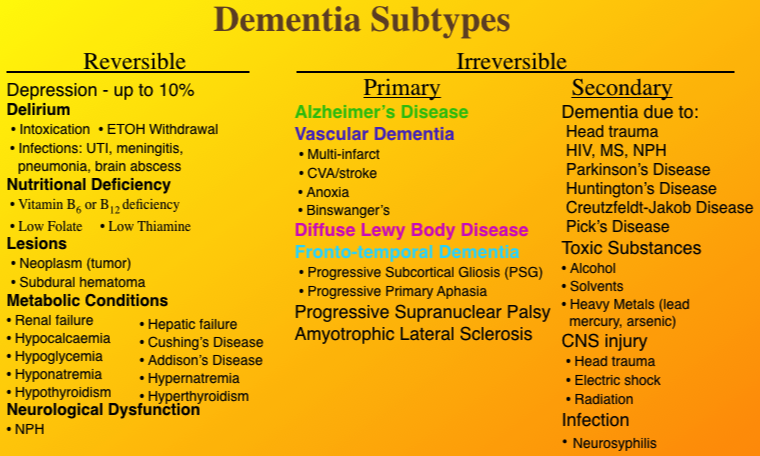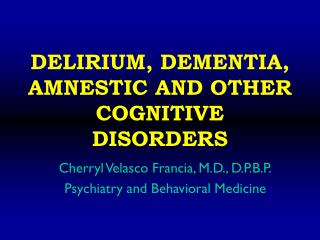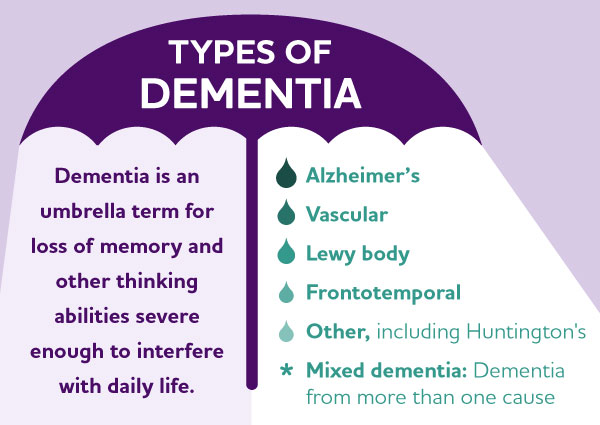

While the latter can be established with cognitive testing, the former requires further examination of the pathophysiological processes.

Those clinical and cognitive criteria underpin the differences between Alzheimer’s pathology and AD as a syndrome. outline in detail the criteria for MCI and AD, relating the MCI to prodromal AD. These criteria refined after key symposia include the following: report of a cognitive complaint (self or informant) objective cognitive impairment (on testing) generally intact functional abilities (no significant functional impairment) and no presence of dementia (for review of clinical criteria, see ). were the first to establish the classification criteria for the diagnosis of MCI, the refinement of which has evolved over time. and many subsequent studies provided evidence that alterations in cognitive functions (as well as in neurological integrity of the brain) can be observed years before the diagnosis of dementia.

to refer to a subset group of older adults who showed detectible cognitive decline over time. The term “mild cognitive impairment” was originally used by Flicker et al. The loss of functional independence (e.g., cooking, banking, driving) is equated in the clinical domain with transition from MCI towards dementia. It also differs from dementia because the cognitive decline is not significant enough to result in a marked loss of functional independence. MCI differs from normal ageing due to the presence of greater than age-expected decline on cognitive tests as indicated by the test’s normative data. Researchers have effectively established clinical criteria to identify the earliest signs of possible DAT through adding to the general classification a cognitive disorder known as mild cognitive impairment (MCI). Understanding the nature of language decline is critically important to the intervention process as this information would inform cognitive intervention approaches aimed at promoting quality of life in people living with MCI and dementia.

Conclusion: Language tests provide an important contribution to the diagnostic process in their capacity to identify language impairments at an early stage. Individuals with aMCIm and DAT present with configurations of language features that are largely in parallel to each other and reflect predominantly quantitative differences. In contrast, both groups exhibited significant impairments on receptive language tests and on linguistically complex tasks that rely on episodic memory and executive functions. Results: A non-parametric statistic established that there was no significant difference between groups in age, years of education or duration of symptoms and that expressive language was found to be relatively intact in both patient groups. Methods: Language data from 28 patients with consensus diagnosis of aMCIm and DAT derived from a retrospective chart review were compared to that of healthy controls. Background/Aims: The purpose of this study was to explore language differences between individuals diagnosed with amnestic mild cognitive impairment multiple domain (aMCIm) and those with probable Alzheimer’s disease, with a goal of (i) characterizing the language profile of aMCIm and (ii) determining whether the profiles of dementia of Alzheimer’s type (DAT) and aMCIm individuals are on a continuum of one diagnostic entity or represent two distinct -cognitive disorders.


 0 kommentar(er)
0 kommentar(er)
